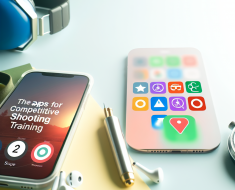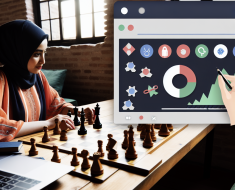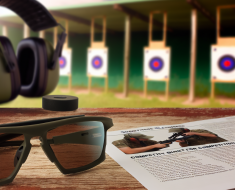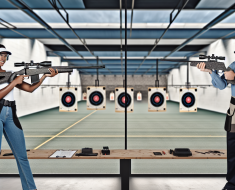Using Technology to Track Your Shooting Performance
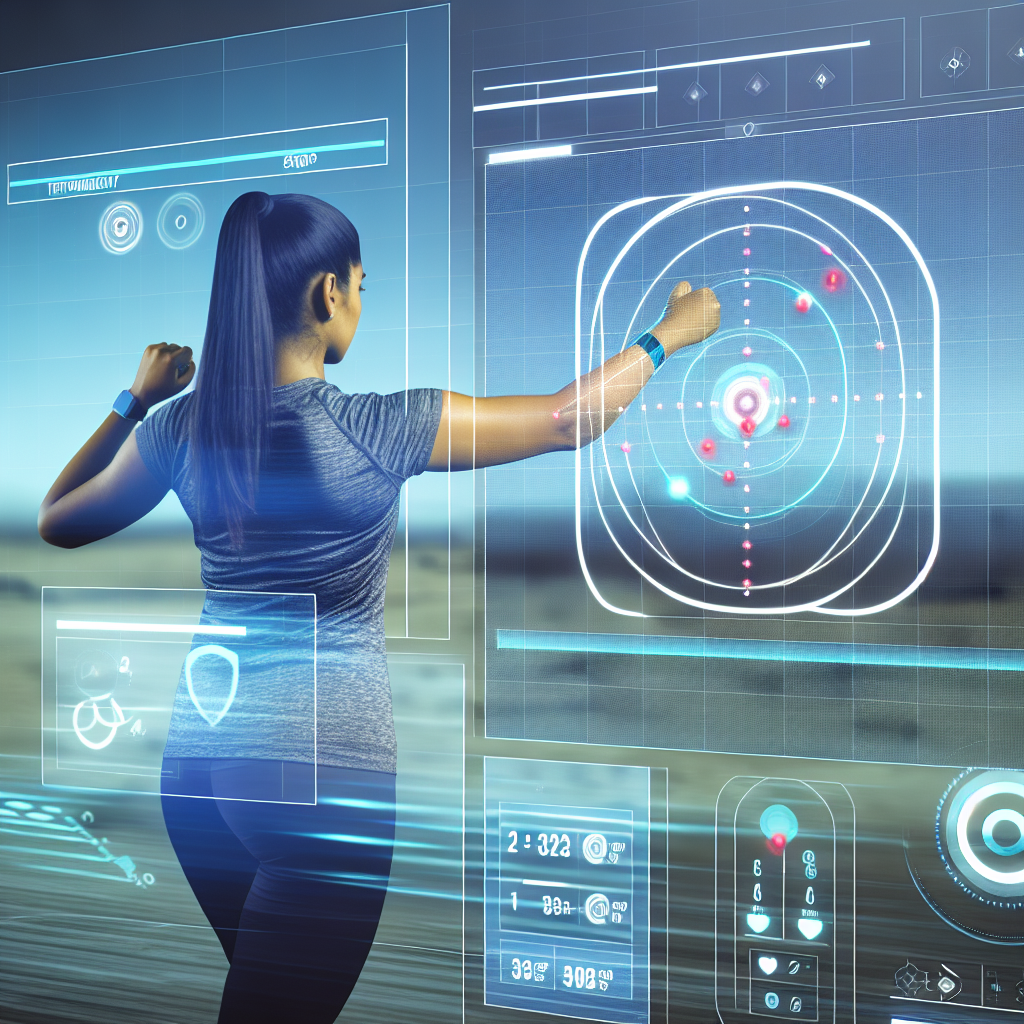
The evolution of technology has revolutionized numerous sports and activities, and shooting is no exception. Whether you’re a competitive marksman, a hunter, or a recreational shooter, using technology to track your shooting performance can dramatically improve your skills. From smart scopes to advanced analytics platforms, modern tools provide shooters with insights previously unavailable outside elite training environments.
This article explores how technology is reshaping shooting sports by enhancing accuracy, consistency, and overall performance. We’ll delve into different types of tracking technologies, their practical applications, benefits, and some compelling case studies highlighting their impact.
The Rise of Technology in Shooting Sports
Historically, shooters relied primarily on manual methods such as target sheets, shot grouping analysis by eye, and basic chronographs for velocity measurement. While effective to an extent, these methods have limitations in providing detailed feedback that can lead to meaningful improvements.
In recent years, advances in sensors, optics, and data analytics have paved the way for innovative tools designed specifically for shooting performance tracking:
- Smart Scopes and Optical Devices: Scopes embedded with sensors and digital displays help shooters adjust for environmental variables such as wind speed and elevation.
- Shot Tracking Systems: Electronic targets and sensor arrays record shot placement with high precision and instant feedback.
- Mobile Apps: Applications that analyze shot patterns, calculate ballistics, and track progress over time.
- Wearable Technology: Devices measuring biometrics like heart rate or trigger pull dynamics to identify physiological factors affecting shooting performance.
Together, these technologies create a comprehensive ecosystem that offers shooters unparalleled control over their training regimen.
Key Technologies Used to Track Shooting Performance
Understanding the specific technologies available helps shooters select the right tools for their needs. Here are some of the most influential categories currently shaping the field:
Smart Scopes and Digital Reticles
Smart scopes integrate digital components within traditional optical sights. Brands like ATN and TrackingPoint offer scopes equipped with range finders, ballistic calculators, GPS data integration, and even automatic target tracking capabilities.
- Ballistic Calculators: These systems adjust the reticle based on distance to target along with environmental inputs like temperature and humidity.
- Target Recognition & Tracking: Some advanced models can lock onto a moving target and assist in aiming adjustments in real time.
- Data Recording: Many smart scopes record shot data including location on target and timestamp for later analysis.
This technology allows shooters to reduce guesswork significantly while providing data that can be reviewed post-session to identify trends or inconsistencies.
Electronic Targets and Shot Sensors
Traditional paper targets provide limited immediate feedback. Electronic targets equipped with acoustic or optical sensors detect exact bullet impact points instantly. This technology is widely used in professional competitions as well as training facilities.
- Shooters Receive Instant Feedback: Scores and shot placements appear immediately on connected screens or mobile devices.
- Accurate Grouping Analysis: Software analyzes shot groupings to assess consistency and precision over multiple rounds.
- Remote Coaching Capability: Data can be shared remotely with coaches for real-time guidance during practice sessions.
A notable example is SIUS AG’s electronic scoring system widely adopted in Olympic-level competitions due to its precision and reliability.
Shooting Performance Apps
The proliferation of smartphones has made shooting apps a convenient tool for shooters at all levels. These apps leverage device cameras combined with software algorithms to measure shot placement or simulate ballistic trajectories based on user input parameters.
- Diverse Features: From logging ammunition type to calculating bullet drop at various distances.
- User-Friendly Interfaces: Many apps provide intuitive graphs showing progress over time or areas needing improvement.
- Affordability & Accessibility: Most apps are low cost or free compared to specialized hardware equipment.
An example includes “Shooter” app which provides detailed shot group analysis alongside weather condition inputs for more accurate ballistic calculations.
Wearable Sensors & Biometric Devices
Shooting accuracy often depends not just on equipment but also on the shooter’s physical state. Wearables designed specifically for shooting measure vital signs such as heart rate variability (HRV), muscle tension, breathing patterns, and trigger pull pressure dynamics.
- Biosensors Track Stress Levels: Elevated heart rate or tremors may indicate stress affecting aim stability during competition or practice sessions.
- Mental Focus Analysis: Some devices use EEG headbands to monitor brain activity linked with concentration levels during shooting drills.
- Kinematic Feedback: Motion sensors detect subtle body movements that could disrupt shot consistency enabling targeted correction strategies.
The integration of biometric feedback helps shooters become more self-aware about how their physiological state impacts performance—an edge that elite athletes capitalize on extensively.
The Benefits of Tracking Your Shooting Performance With Technology
The integration of technology into shooting training routines offers numerous advantages beyond simple convenience or novelty. These benefits contribute directly to measurable



